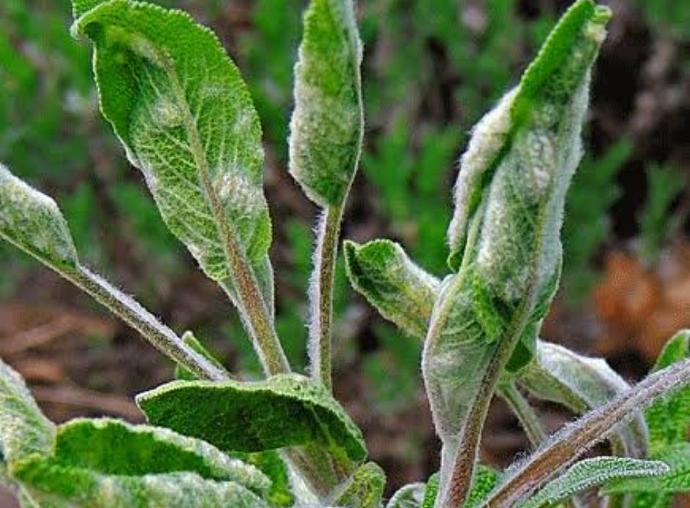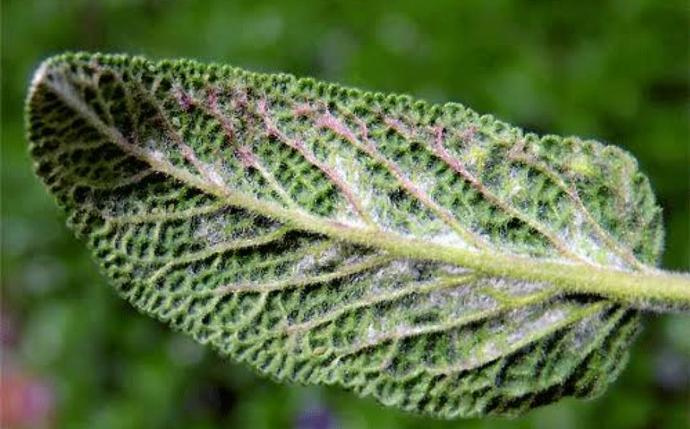Salvia Plant
Neem, a versatile tree, thrives in well-drained soil and full sun exposure. With a fast growth rate, it's hardy in zones 10-12. Known for its medicinal properties, Neem leaves are often used in traditional remedies.
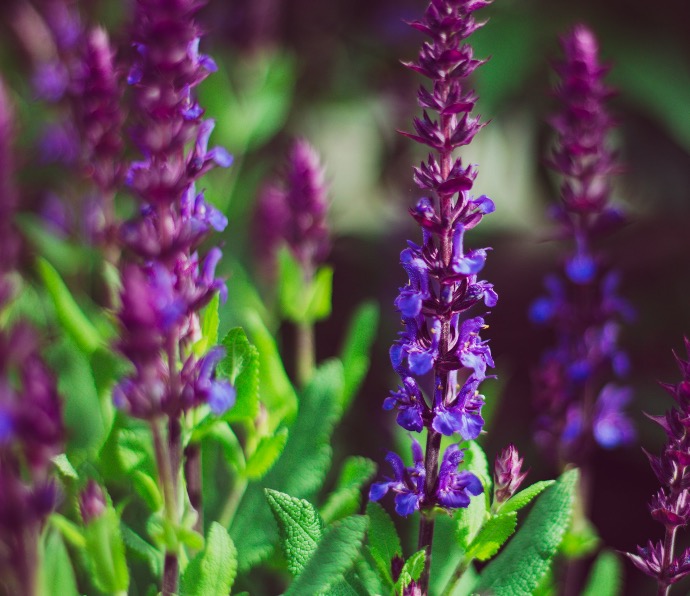
Habit
Perennial
Height
30-60 cm
Growth
Moderate
Soil
Well-drained, sandy-loam
Shade
Full Sun to partial shade
Moisture
Moderate
Edible
Yes
Medicinal
Yes
Origin
Mediterranean
Climatic Condition
Temperate, Dry Climate
Temperature (°)
10-25°C
Humidity (%)
40-60%
Potting media
Peat, compost
Fertilizers
Organic, compost
Watering
Moderate
Plant Weight
50-200 g
Flowering Time
Spring to Summer
Soil Ph level
6.0 - 7.5
Water Ph level
6.0 - 7.5
Soil EC
1-2 dS/m
Yield Per Plant
500-800 g/plant
NPK ratio
10:20:10
life Span
Perennial
Health Benefits
Anti-inflammatory, digestion aid
Suggested Grow Media or Potting Mix ?
50% loam, 25% compost, 25% sand
Suggested Fertigation/Fertilizers
Fertilize every 4 weeks with a balanced fertilizer.
Common Diseases and Remedies
Powdery mildew, rust.
white powdery spots on leaves, orange or brown rust like pustules observed and wilting.
neem oil can help to control powdery mildew, copper based fungicides are effective against rust
HEALTH BENEFITS
1. Includes many species with medicinal benefits.
2. Including antibacterial, anti-inflammatory, and cognitive-enhancing properties.
What Is An Salvia?
Salvia is the largest plant in the Lamiaceae family, Salviaceae, which includes approximately 1000 species of herbs, annuals, and perennials. Salvia belongs to the Lamiaceae (Lamiaceae) family (Lamiaceae).
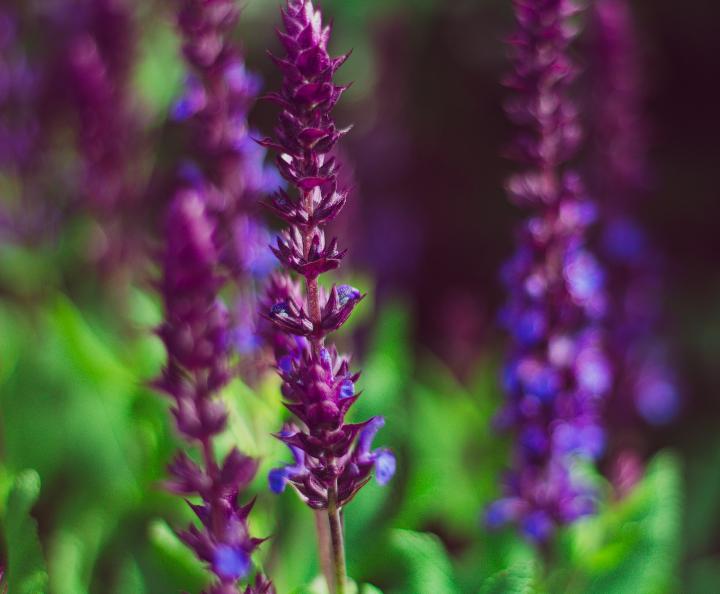
What Are The Different Types Of Salvia?
1. Red Sage
Red Sage (Salvia Sibu), also known as Red Sage, is strictly a tropical perennial. However, it is usually an annual plant
2. Mealycup Sage
Mealycup Sage (Salvia farinacea) comes in several varieties in blue, purple, and lavender, including the popular Victoria Blue and Evolution varieties. In the past, real blue flowers were blooming.
3. Texas Sage
(Salvia coccinea) is also a pink plant, but some varieties have pink or coral flowers. "The Pink Gem of Summer
4. Wood Sage
Wood sage (Salvia nemerosa), also known as purple sage or blue mountain sage, is an annual herb that blooms from June to September in various shades of red and lavender.
5. Autumn Sage
Autumn Sage (Salvia greggii) is a perennial that blooms red flowers from summer to autumn.
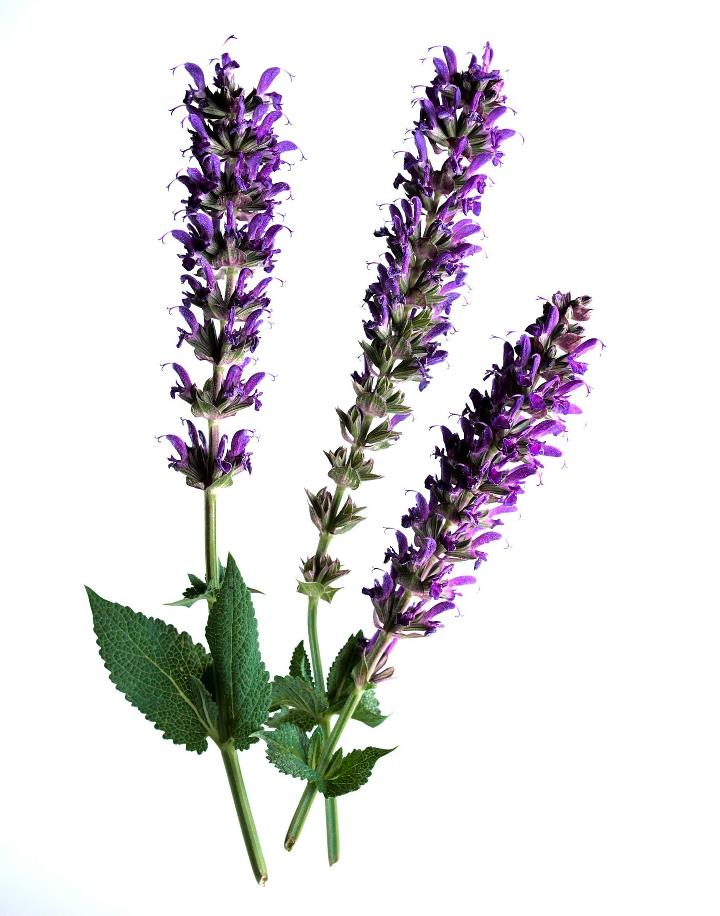
How To Care For Salvia?
1. Location
Place them where they get at least 6 to 8 hours of sunlight per day.
2. Sunshine
Full sun (6-8 hours of sunlight)
3. Soil
Salvia plants grow in well-drained, well-aerated soil. Organic matter can be added to heavy soils and clays to improve drainage.
4. Hydration
Water your sage regularly and keep the soil moist. Wait until the topsoil dries from the water.
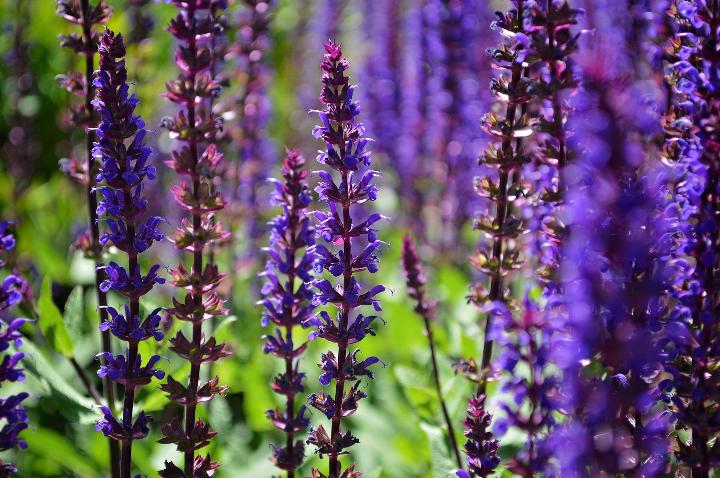
5. Nourishment
Fertilize sage sparingly, during the growing season (spring and summer) once a month he dilutes the same fertilizer in half.
6. Issues
Possible problems with sage include seedling dampness, stem and root rot, powdery mildew, gray mold, aphids, spider mites, and whiteflies.
What Are The Benefits Of Salvia
Salvia varieties not only treat minor ailments, but also many others such as depression, dementia, obesity, diabetes, lupus, heart disease, cancer, etc. may provide new therapies for the treatment and treatment of serious and life-threatening diseases.
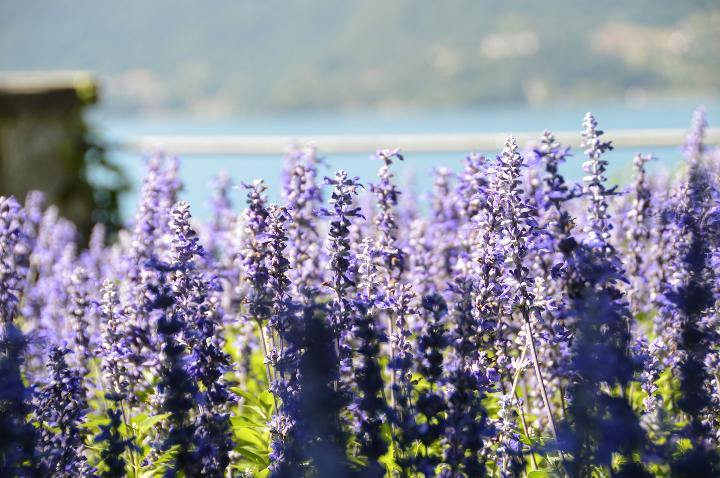
FAQs About Growing Salvia
1. What are the most popular varieties of salvia?
Popular sage species to plant include Salvia officinalis (artemisia), Salvia splendens (scarlet sage), and Salvia nemorosa (wood sage). there is.
2. How to grow salvia seeds?
Salvia seeds can be sown directly into good soil in the spring or planted indoors 6 to 8 weeks before the last frost date. Sow the seeds shallowly and keep the soil moist until they germinate (usually 1 to 3 weeks).
3.What type of soil does Salvia need?
Salvia prefers well-drained soil with a pH of 6.0 to 7.0. Sandy or loamy soils with high organic matter are ideal. Be careful not to allow water to accumulate in the soil, as this may cause root rot.
4. How much sunlight do salvias need?
Most salvia plants prefer full sun, but some species can tolerate partial shade. Provide at least 6 to 8 hours of sunlight per day for good growth and flowering.
5. How often should I water my sage?
Salvia plants are drought tolerant once established and prefer to dry out when watered. Water infrequently and deeply until the soil dries out a little. Avoid overwatering as this may cause root rot.
